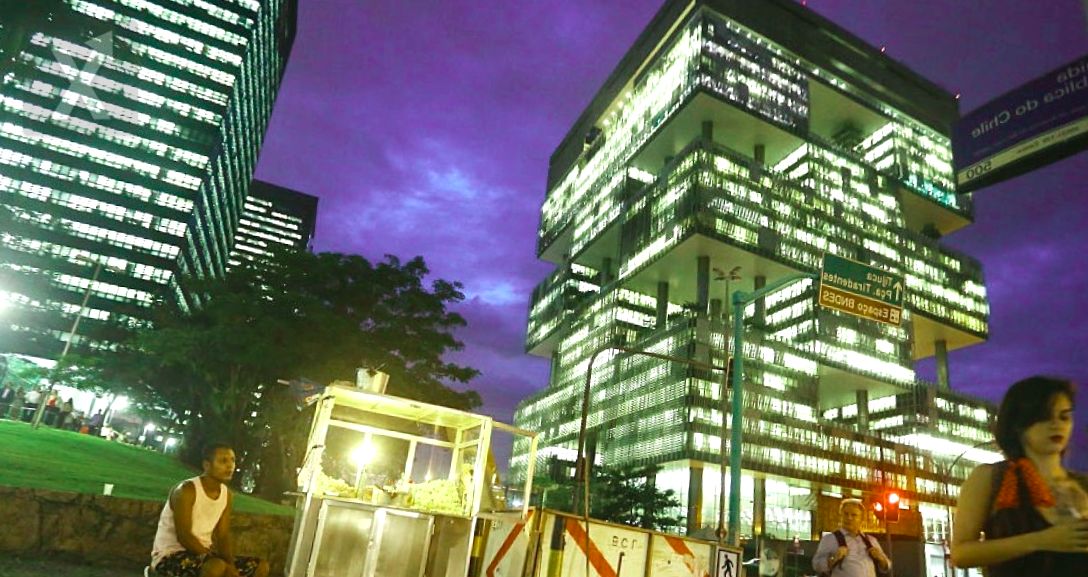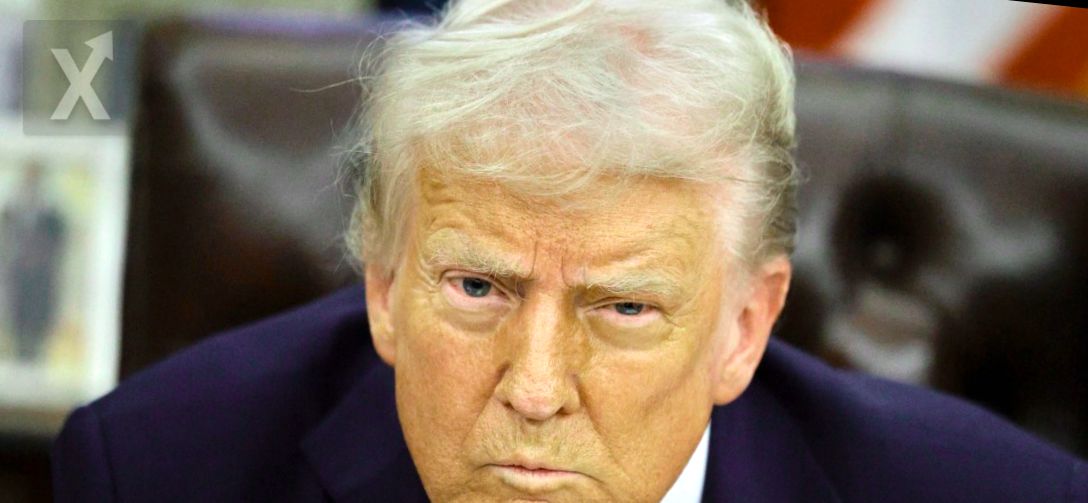The IMF Warns of Economic Stagnation Risk in Latin America

(WASHINGTON) - The International Monetary Fund (IMF) projects that economic growth in Latin America will slow down to 2.1% this year and notes that the lack of reforms could trigger a "vicious cycle of low growth, social discontent, and populist policies." According to IMF Director Kristalina Georgieva, the region "is facing a disappointing growth trajectory" and needs to "focus on how to improve."
Regarding inflation, it is mentioned that "financial cushions need to be rebuilt." However, the situation is not uniform across all countries. "The Caribbean and Central America are performing better than the global average," she added. In its annual report presented during the IMF and World Bank meetings in Washington, the organization anticipates a growth rate of 2.1% for 2024 and 2.5% for 2025. By country, the fund estimates that Brazil will grow by 3%, Mexico by 1.5%, Bolivia 1.6%, Colombia 1.6%, Ecuador 0.3%, Chile 2.5%, Paraguay 3.8%, Peru 3%, Uruguay 3.2%, Venezuela 3%, Costa Rica 4%, El Salvador 3%, Guatemala 3.5%, Honduras 3.6%, Nicaragua 4%, Panama 2.5%, and the Dominican Republic 5.1%. Argentina's economy, which owes a $44 billion loan to the IMF, is expected to contract by 3.5%. Caribbean countries dependent on tourism will grow by 2.8%, while those less dependent on it will reach 16.5%. Inflation has decreased significantly and is close to target in many countries. The inflation projections include Mexico at 4.5%, Bolivia 6%, Brazil 4.3%, Chile 4.5%, Colombia 5.7%, Ecuador 2.8%, Paraguay 4%, Peru 2.4%, Uruguay 5.4%, Costa Rica 0.9%, El Salvador 2%, Guatemala 4%, Honduras 4.7%, Nicaragua 4.8%, Panama 1.3%, and the Dominican Republic 3.7%. However, inflation will rise in two countries: Venezuela, with a 60% increase in prices, and Argentina, which will reach a staggering 140%, although it is expected to drop to 45% by 2025. During the first half of 2024, Argentina has achieved its first fiscal surplus in 16 years, built up reserves, and has controlled inflation more quickly than expected, according to the IMF. "There are already signs of economic stabilization" in the country, although "the recovery is uncertain and uneven across sectors," it adds. Despite global tensions, the region's trade remains stable. The United States continues to be the leading export destination, accounting for nearly half of total exports from Brazil, Chile, Colombia, Paraguay, Peru, and Uruguay. In Mexico, this figure rises to 80%. On the other hand, trade relations with China have increased from 10% of total exchanges prior to 2017 to around 15% in recent years. At the regional level, the IMF suggests "moving forward without delay" on fiscal consolidation to "rebuild reserve cushions while safeguarding priority public investment and social spending." In the medium term, growth in the region will remain at "historically low levels" due to unresolved issues such as low investment and productivity and demographic changes. The IMF expresses concern: "The current reform agenda is insufficient and could lead to a cycle of low growth, social discontent, and populist policies," it warns. To counter this, it suggests boosting all growth engines, including better management, more efficient governments, and fighting crime, as well as promoting international trade and public investment, all while keeping in mind "policies to tackle climate change."
The IMF's warning underscores the need for a comprehensive strategy to boost sustainable growth in the region. It is crucial to address structural reforms that encourage investment and productivity. Furthermore, prudent financial management will enable Latin American countries to secure their economic stability in a changing global context. Proactive action is key to avoiding cycles of stagnation that could compromise the social and economic well-being of the population.






